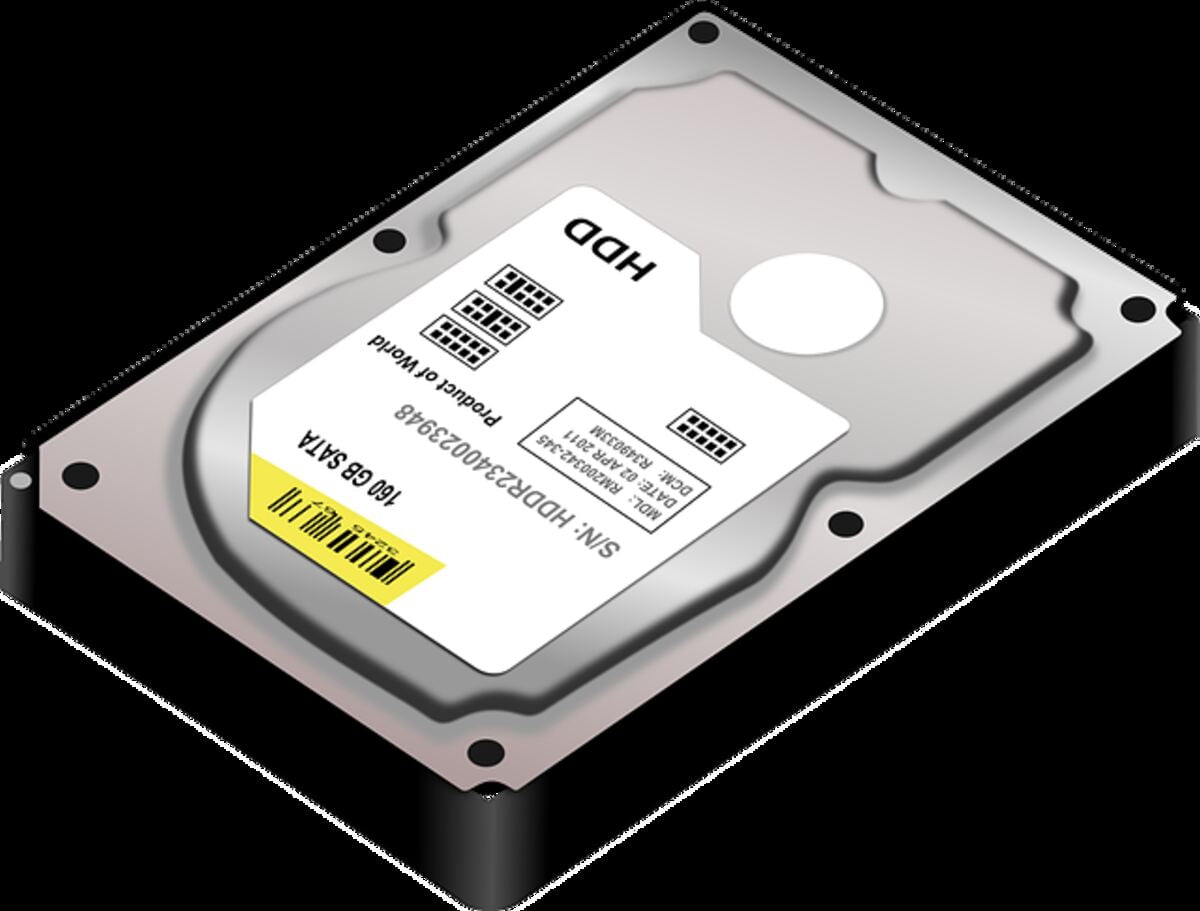One of the worst kinds of hardware failure is a broken hard drive. No, I don’t mean that a fried CPU or a busted memory module is more fun. While it is true that replacing a processor is typically more costly than replacing a hard drive, the latter has the annoying quality of causing you to lose not just your hardware but also all or some of your data if it becomes damaged. Information is invaluable, and without a duplicate, you’re doomed.
However, not every bit of damage to a hard disk is catastrophic. It’s possible to have dead data on a damaged hard drive. Don’t freak out if your hard drive fails; you may have an old piece of technology, but at least your data isn’t trapped within. As we’ll see in the following section, the damage to a hard disk determines the best method for extracting data from the drive.
How Do You Define a Failed Hard Drive? There are a wide variety of causes for a damaged hard drive. Furthermore, there are many instances where the drive is fine, but the data is inaccessible for some other reason. In a layperson’s eyes, it may all look the same: I can’t open my files. Thus my hard drive must be broken. In reality, though, the hard drive is OK, but your data is inaccessible for some mundane reason.
A wholly damaged hard disk can’t be accessed in any way, not even by a trained PC technician. This is the quickest (though not necessarily the most accurate) explanation. You can’t tell if the hard drive is completely dead without the assistance of a PC specialist. However, you can try some of the methods in the following section to see if they work, as there are many circumstances in which a drive is still alive. Still, you can’t be accessed for various reasons (typically software issues). No harm will come from trying them out, but that doesn’t mean you shouldn’t exercise caution.
Independent Actions You Can Take When the partition on which the data lives is inaccessible, at least from your operating system, this indicates that the hard disk is not physically damaged but is unavailable for software reasons. Try booting off a Live CD, including a Linux distribution, to see if that gives you any luck accessing the partition. This should work if your computer’s partition table is not entirely corrupt. If the data is still inaccessible, you shouldn’t risk making matters worse by tampering with the partition table. Find a computer repair person immediately and hope against the hope that they can save your files.
When the drive has been formatted at a high level, the data may still be accessible. If the industry has been formatted lowly, the data has been physically destroyed, and the extraction methods will not function. Unformatting a dream is possible with a variety of programs. There are both free and paid options available. The data recovery tools included on Hiren’s Boot CD are my go-to choice whenever possible.
Hardware issues, such as faulty sectors or a damaged controller, are just as common as software issues. You can’t do much to stop them, unfortunately. When a poor sector sucks information, it is typically irretrievably lost. There is a 1% probability that you have made copies of exactly this file and that one of those copies is not on a faulty sector. You might try taking the hard disk to a service but don’t expect much.
You can also check the website of your HDD manufacturer to see whether it offers retrieval tools, which is a method you can try on your own without increasing the severity of the damage. Data recovery software can be found alongside diagnostic tools provided by a hard drive manufacturer. Diagnostic tools not only help you encounter problems but can often repair some of those problems.
The methods described above for retrieving information from a failing hard drive are merely the tip of the iceberg. I wouldn’t advise you to utilize any other approaches because they are more sophisticated and require some knowledge of a hard drive’s architecture. Some methods, such as opening the computer casing or tinkering with the disk’s components, are too risky at home. You probably won’t damage your house, but you could make it challenging for even an expert to repair your hard disk. The computer system warranty may also be voided, which is not the goal.
Visit a PC Technician with the Hard Drive. Taking your hard drive to a service is your only option if you have exhausted all other data recovery means. Even though a PC service can access more advanced tools than the average user, you should not expect them to do miracles on your computer. If you purchased the hard drive from them and the warranty has not expired, data extraction services may be provided at no cost.
As you may expect, costs can range widely. Data extraction can cost anything from $200 to several thousand dollars, depending on how much information needs to be culled. You may not be able to get your data back even if you take your damaged drive to a more expensive data rescue lab if the damage is too severe.
Qualified PC technicians have access to a wider variety of resources and methods. The following service can help you get in touch with a reliable organization. Here’s a fantastic article to read to learn more about recovering data from a dead hard drive: www.wikihow.com/Recover-a-Dead-Hard-Disk. Even if you find some helpful diagnostic information in these articles, you shouldn‘t try any of the methods alone. That’s a ton of danger!
DataRecoveryAgents.com is where Jason Kay suggests you learn about data recovery companies and tools.
Read also: Laptop Computer Memory Upgrades – How You Can Install Them Yourself

